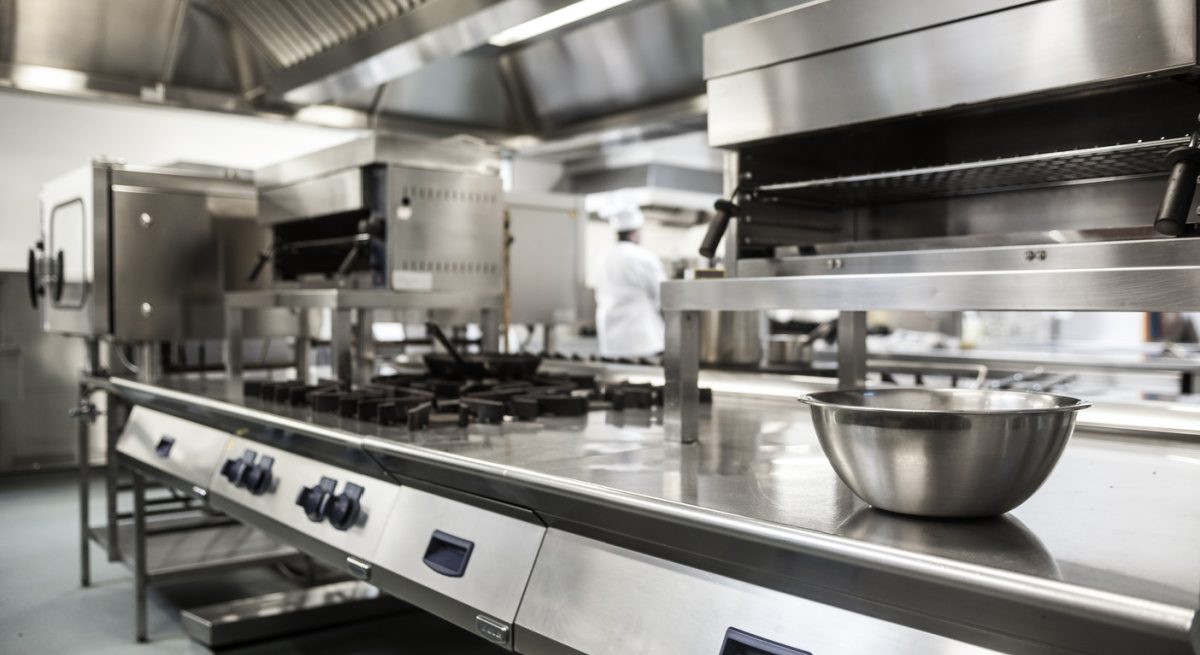Seven Kitchen Design Ideas to Improve Your Restaurant
4 Min Read By Amy Taggart
A key part of an effective kitchen is its design. After all, there’s no point in spending time and resources on designing the perfect menu, if your kitchen isn’t up to scratch. Do you feel your kitchen needs a design boost? The fact is, even the most successful restaurants have room for improvement.
With that in mind, let’s explore some kitchen design hacks that can boost your restaurant.
1. Think About Layout Having the correct layout is key for every kitchen. Ideally, you’ll want space that allows for each of the different processes- preparation, cooking, and plating- to be carried out smoothly. But each restaurant has its own needs depending on the kinds of food it provides. Let’s look at some different layouts that could improve your kitchen:
An Island Layout – In an island configuration, all cooking equipment is found at the center of the kitchen, with countertops around the edge. This layout is better suited for larger kitchens and helps ensure that food…
Sorry, You've Reached Your Article Limit.
Register for free with our site to get unlimited articles.
Already registered? Sign in!


